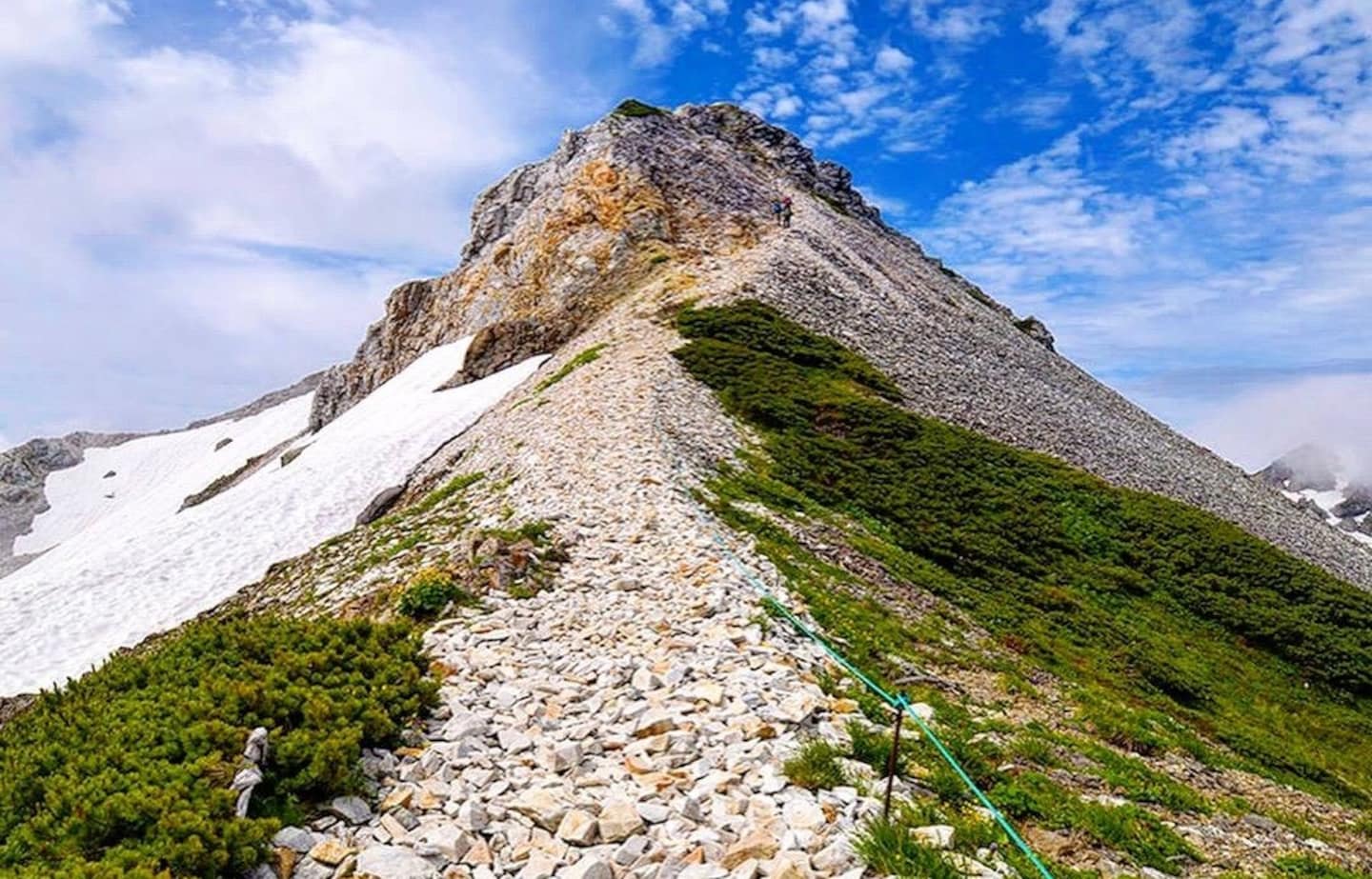12 Great Hikes in Japan's National Parks
You can follow the trails through Japan's national parks to mountain peaks and coastal views—and sometimes both at the same time! Here are 12 great options to get you started!
By National Parks of JapanMt. Io (Hokkaido)
The Ubushinotta River (ウブシノッタ川・Ubushinotta-gawa) valley lies to the left on the approach to the peak of Mount Io (硫黄山・Io-zan).
Mt. Rausu (Hokkaido)
The Osawa (大沢) valley lies on the way to the peak of Mt. Rausu (羅臼岳・Rausu-dake) in Shiretoko National Park.
Mt. Meakan (Hokkaido)
Mt. Meakan (雌阿寒岳・Meakan-dake) is found southwest of the Shiretoko Peninsula, but still safely ensconced in northeastern Hokkaido.
Mt. Chausu (Tochigi)
Mountain climbers flock to Ubagadaira (姥ヶ平) as Mt. Chausu (茶臼岳・ Chausu-dake) approaches its prime season for autumn colors. The site is accessible within about an hour on the Nasu Ropeway in Nikko National Park.
Mt. Shirouma (Toyama/Nagano)
It takes about seven hours to climb to the peak of Mt. Shirouma (白馬岳・Shirouma-dake), which stands at a height of 2,932 meters (9,619 ft).
Mt. Jukkoku (Nagano)
Mt. Jukkoku (十石山・Jukkoku-yama) is just one of many climbable mountains in Nagano.
Mt. Hakusan (Ishikawa/Gifu)
Midagahara (弥陀ヶ原) is located at an elevation of 2,350 meters (7,710 ft). It can be found on the way to Gozengamine (御前峰), the highest peak of Mt. Hakusan (白山・Haku-san), which lends its name to Hakusan National Park.
Mt. Sanbe (Shimane)
Every year, a prayer for safety marks the opening of the climbing routes up Mt. Sanbe (三瓶山・Sanbe-san) in Daisen-Oki National Park.
Mt. Misen (Hiroshima)
Located on the island of Miyajima, Mt. Misen (弥山・Misen) stands above the famed Itsukushima Shrine in Hiroshima.
Mt. Yashima (Kagawa)
The north side of Mount Yashima (屋島北嶺・Yashima Hokurei) can be found in Takamatsu City, Kagawa Prefecture.
88-Temple Pilgrimage (Kagawa)
Shikoku's 88-temple pilgrimage (四国遍路・Shikoku Henro) traces 88 holy sites (四国八十八箇所・Shikoku Hachiju-hakkasho) located around the smallest of Japan's four main islands. Here we see a pilgrim setting out from Shiramine-ji Temple (白峯寺・Shiramine-ji) in Sakaide City.
88-Temple Pilgrimage (Kochi)
The Shikoku pilgrimage follows the steps of the monk Kobo Daishi, also known as Kukai. Here we see a segment on Cape Ashizuri (足摺岬・Ashizuri Misaki) at the southern end of Kochi Prefecture, part of Ashizuri-Uwa Sea National Park.
Ready to pull on your hiking boots—or are you perhaps in need of more inspiration? Check out more from Japan's national parks on Facebook and Instagram!




